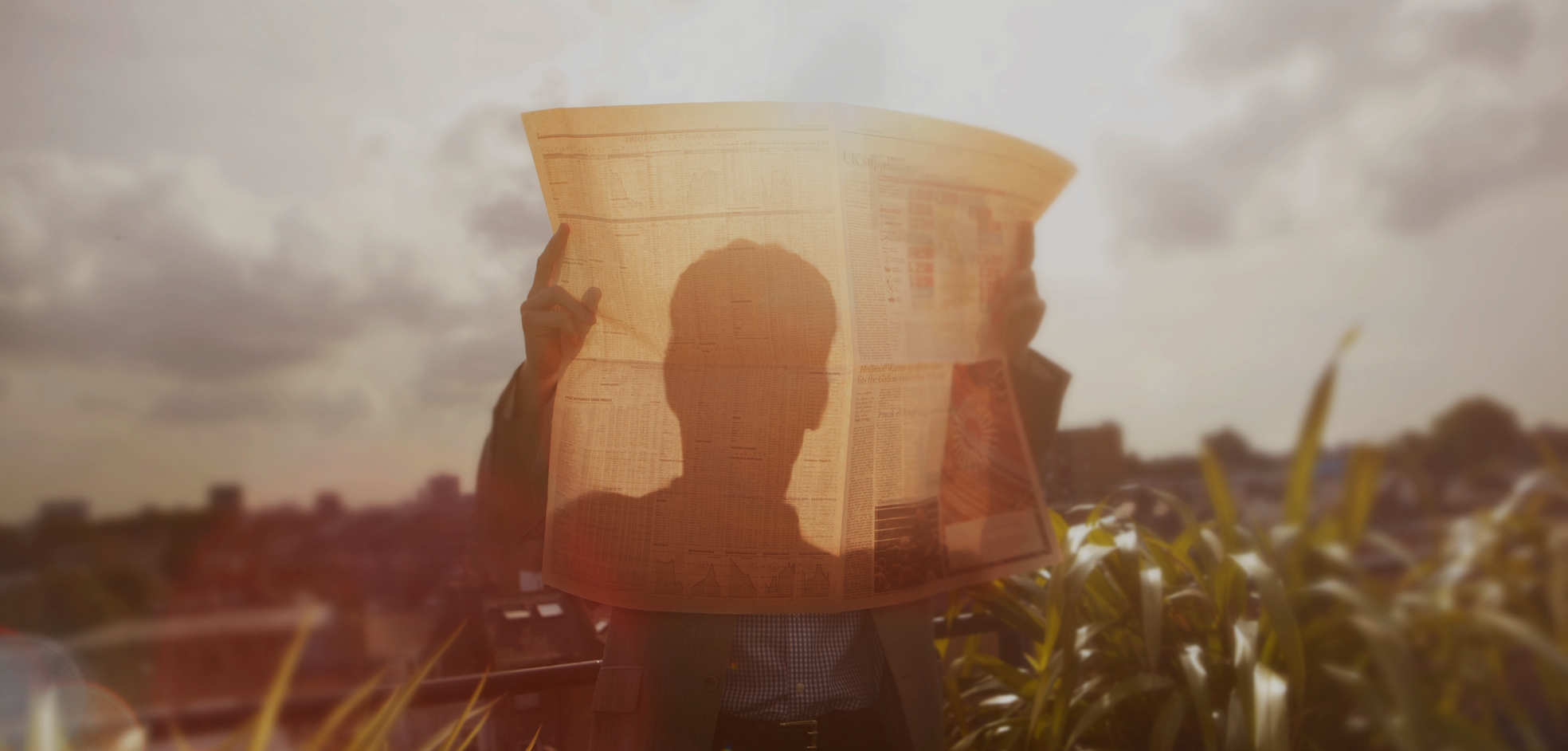
Case study
Lombard Odier
Objective
To reach net zero, we must live more sustainably in all aspects of our lives.
Lombard Odier’s vision is for a net-zero, nature-positive economy that replaces our current linear ‘Take, Make, Waste’ model. We must move to an economy one powered by renewably-generated electricity, where we reduce our use of primary materials, and recycle and reuse more. In short, an economy that is Circular, Lean, Inclusive and Clean (CLIC®).
The objective for this campaign was to play a part in building this sustainable future.
The goal: to show how making even small changes in our daily lives can create significant reductions in our environmental impact.
The target audience: influential, high-net-worth C-suites.
Insight: consumer sentiment has shifted – the majority of people now want to take action to
build a sustainable future.
Strategy
Examples
A question on food and drink consumption asked: Some coffee farmers are already feeling the impact of climate change. How do you make your morning coffee?
- I use beans or grounds
- I use disposable pods
- I use biodegradable pods
- I order from a delivery service
- I don’t drink coffee!
Users learnt that despite coffee pods’ poor reputation when it comes to sustainability, the fact that they are pre-portioned can reduce the wastage that often comes with preparing coffee from beans or grounds. With 40-80% of coffee’s emissions arising from the harvesting and processing of beans, reducing wastage is a key part of minimising the environmental impact of coffee consumption.
Results
The creativity of the Home Truths game grabbed the attention of FT readers.
Within three weeks, page views were 199% over target.
At the conclusion of the campaign, page views finished at 338% above target, with a ‘C-suite’ engagement of 38%, demonstrating strong resonance with our target audience.
The success of the campaign was down to many factors. But a key driver was our relationship with Lombard Odier. The mutual trust that comes from eight years of working together enabled us to move quickly from idea to execution, combining our different strengths to spark people’s imagination on how small daily changes in their home lives can help build a sustainable future.
More case studies

Google Digital News Initiative
To help journalism thrive in the digital age, Google’s Digital News Initiative (DNI) runs the Digital News Innovation Fund. The Fund issues grants to support projects at news organisations across Europe. Google wanted to highlight the importance of innovation in journalism, in particular, how technology can make it better and more reliable. The campaign objective was twofold: to raise awareness of the DNI Fund and to spark innovation in journalism.
Read more
Withers
Branded content in the form of interviews with globally-known leaders delivered exceptional reach and engagement, enabling Withers to capture the attention and interest of successful people around the world.
Read more
Accenture
Ahead of launching its new brand message “Let there be change”, Accenture wanted to convince these business leaders that it had the end-to-end solutions to help them. The firm chose the FT for its ability to deliver high-profile thought leadership content to exactly the right audience.
Read more